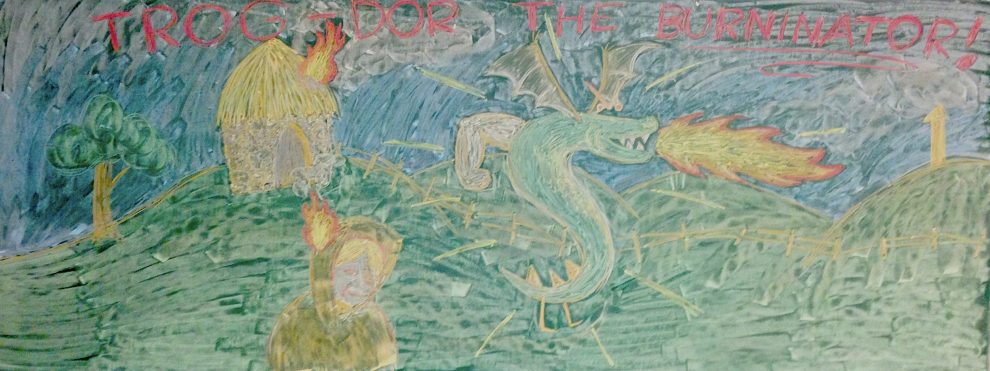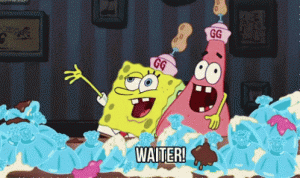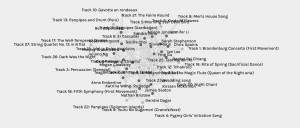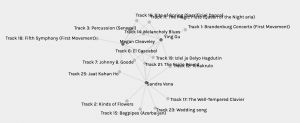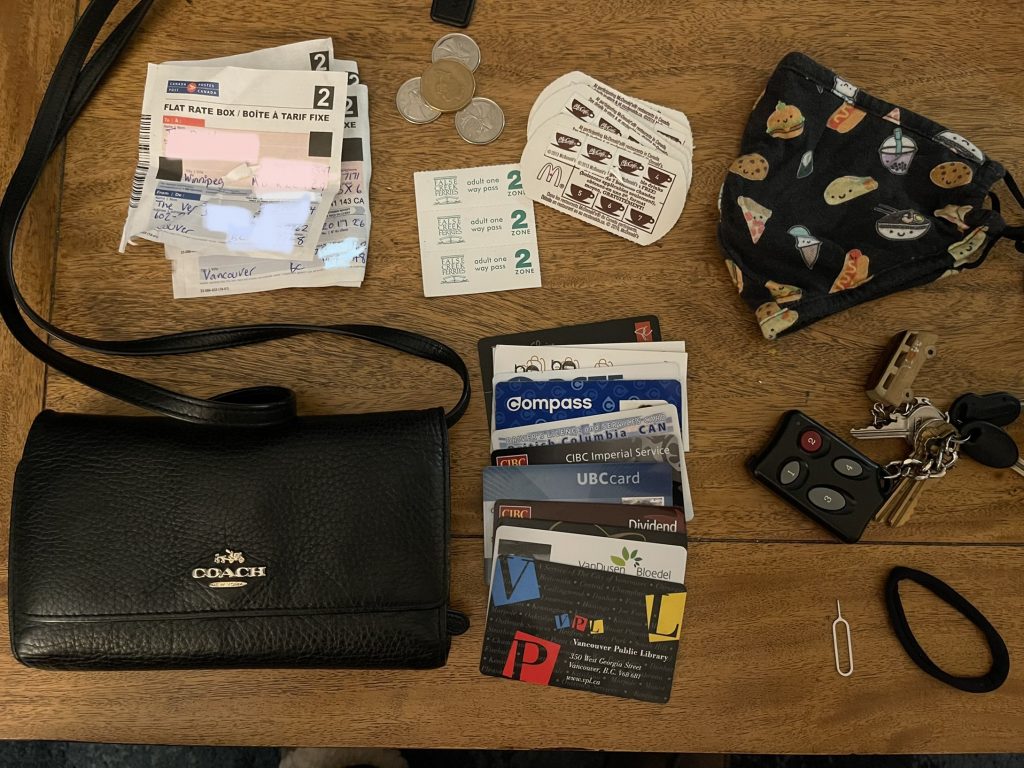Artifact 1:
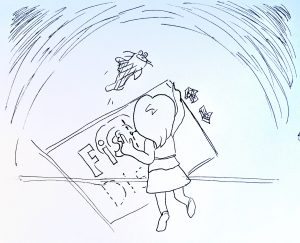
I drew this image of a girl young interacting with a floating translucent screen. With one hand, she is tracing out the word “fish” and with the other she is pointing out the AR fish that appears to jump out of the screen, causing a ripple and leaping over her head. There is no one else in the room with her as she is learning alone. This image was to show the whimsical possibilities of technology, but also the double edges sword of the isolation that technology can bring.
Artifact 2:
Less of an artifact, and more of a view on what I think the future of education will look like. I think that the discussion that is happening in Canada with education is really interesting right now. With Alberta releasing its new draft curriculum, people have started to discuss what is important in education and not just people who are in the industry. BC’s curriculum offers a very different approach. While AB concentrates on very specific learning objectives, BC’s focus is more about skills.
I did my BEd in BC while the new curriculum here was still in draft mode, so I got the chance to play around with both. I also taught in Calgary for a couple of years, so I had to spend a lot of time examining and teaching from their curriculum as well. I think that skills are far more important than content. I can ask my watch a content-related questions, but critical thinking and inquiry skills, for example, have to be learned. These are the things that can’t be replaced by computers and where creativity and innovation are birthed.
What I do see in the future, is far more individualized learning and recognition that a variety of text forms can be reliable and learned from rather than the narrow views of traditional education. I see students designing more of their own authentic tasks and sharing that data and more cooperative, as opposed to siloed learning.
The whole idea of speculative futures is interesting to me. Lately, I’ve been playing Fallout 76 and my husband has been playing Death Stranding. Both of these are images of dystopian apocalyptic futures. I suppose so many games, movies, televisions shows, art, etc that depict the future often have a negative slant or serve as a warning of some kind. I believe that these dystopian views actually help us prevent these futures by examining potential causes of societal collapse, etc and open up dialogues for ways to avoid these futures. (Or it could be an Oedipus thing, I guess only time will tell!)
